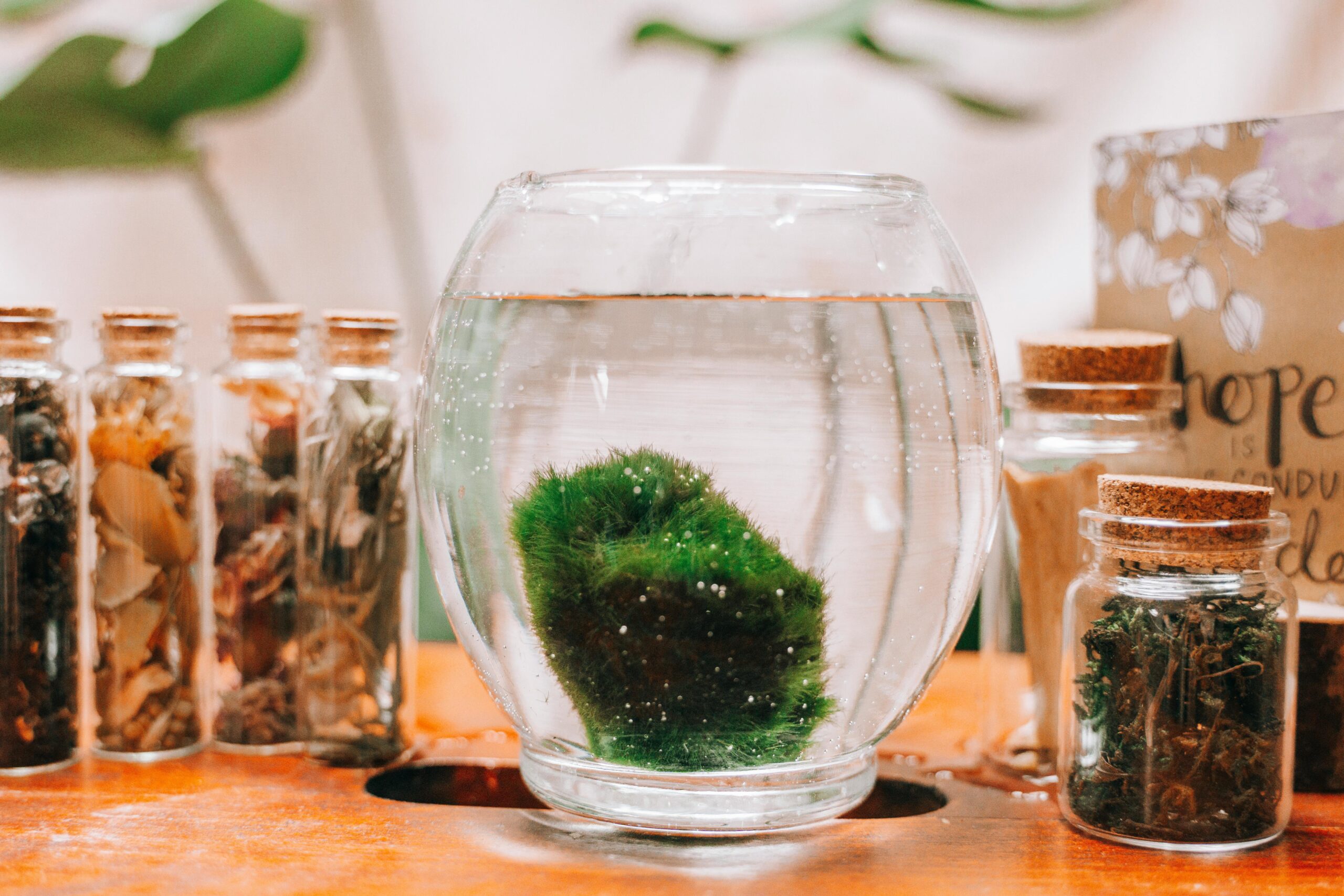In our increasingly digital world, many of us find ourselves disconnected from the natural environment that humans evolved alongside for millennia. Biophilic design addresses this disconnect by thoughtfully incorporating elements of nature into our living spaces. This design philosophy not only creates visually stunning interiors but also promotes mental well-being, reduces stress, and improves air quality. By bringing nature indoors through plants, natural materials, and nature-inspired patterns, we can transform our homes into sanctuaries that nurture both body and mind.
Understanding Biophilic Design Principles for Your Home
Biophilic design principles home applications stem from our innate connection to the natural world. The concept originates from the term “biophilia,” coined by biologist E.O. Wilson, which describes humans’ inherent affinity for nature. In interior design, these principles translate into creating spaces that forge a meaningful connection between occupants and the natural environment. These connections can be direct, such as incorporating living plants; indirect, through natural materials and textures; or symbolic, through shapes and patterns that evoke natural forms. Successful biophilic design doesn’t merely place a few houseplants around a room—it thoughtfully integrates multiple natural elements in ways that stimulate our senses and evoke the feeling of being immersed in nature.
The Art of Bringing Nature Indoors Decor
Bringing nature indoors decor strategies range from subtle touches to bold statements. Start by maximizing natural light, which not only reduces energy consumption but also regulates our circadian rhythms for better sleep and overall health. Consider removing heavy window treatments or replacing them with sheer fabrics that filter rather than block sunlight. Mirrors strategically placed opposite windows can amplify natural light throughout your space. Beyond light, introduce water elements like small fountains or aquariums to add movement, sound, and life. The gentle burbling of water creates a soothing acoustic environment that can mask urban noise pollution. For those seeking guidance on incorporating these elements cohesively, AskHomey offers personalized design advice tailored to your space and preferences.
Exploring the Benefits of Indoor Plants
The benefits of indoor plants extend far beyond their aesthetic appeal. These living elements improve indoor air quality by absorbing carbon dioxide and releasing oxygen, while many varieties filter common toxins from the air. Research shows that being around plants can lower blood pressure, reduce anxiety, and improve concentration and productivity. For spaces with limited natural light, consider low-maintenance options like snake plants, ZZ plants, or pothos, which thrive in indirect light conditions. Creating a diverse indoor garden with plants of varying heights, textures, and leaf shapes adds visual interest while maximizing these health benefits. Even those without green thumbs can find success with self-watering planters or automated irrigation systems that make plant care more manageable.
Incorporating Natural Materials Interior Design
Natural materials interior design focuses on bringing authentic textures and substances into our homes. Wood, stone, bamboo, cork, and other natural materials have intrinsic variations that synthetic alternatives cannot replicate. These materials age beautifully, developing character over time that tells a story and creates a deeper connection to our spaces. Consider wood flooring or accent walls, stone countertops, rattan furniture, or jute rugs to introduce these elements. The tactile qualities of natural materials engage our sense of touch, creating a multi-sensory experience that synthetic materials cannot match. When sourcing these materials, look for sustainable options with environmental certifications to ensure your biophilic design supports rather than harms the natural world.
Creating a Well-being Home Environment
A well-being home environment begins with thoughtful design choices that support physical and mental health. Nature-inspired colors like earthy greens, blues, and warm neutrals create a calm backdrop that reduces stress and promotes relaxation. Consider how biophilic elements can support daily rituals—perhaps a sunny breakfast nook surrounded by plants for morning meditation, or natural stone elements in a bathroom to create a spa-like atmosphere for unwinding. The shapes and patterns found in nature—such as the spirals of shells, the veining in leaves, or the fractal patterns of snowflakes—can be incorporated through textiles, artwork, or architectural details. These biomorphic forms and patterns have been shown to hold our attention in a way that’s simultaneously engaging and restful for our brains.
Balancing Technology with Natural Elements
While biophilic design embraces natural elements, it doesn’t reject modern technology. Instead, it seeks to balance our digital lives with connections to nature. Consider creating tech-free zones in your home that are rich in natural elements, providing respite from screen time. Integrate smart home technology that supports biophilic goals, such as automated blinds that maximize natural light or irrigation systems that ensure plant health. This harmonious approach acknowledges our modern lifestyle while addressing our biological need for natural connections.
For more tips and to connect with reliable home service professionals, follow AskHomey on Facebook and Instagram.



